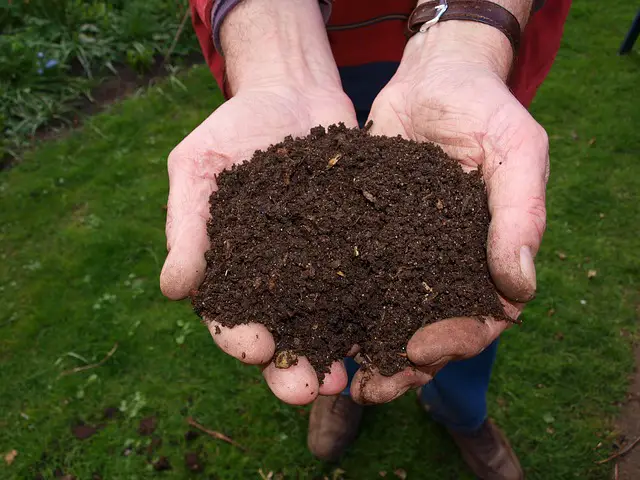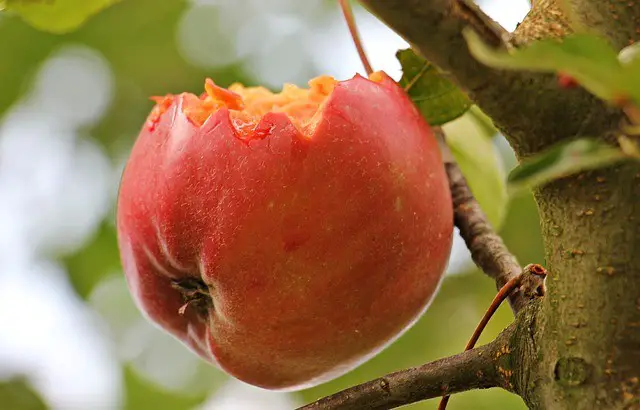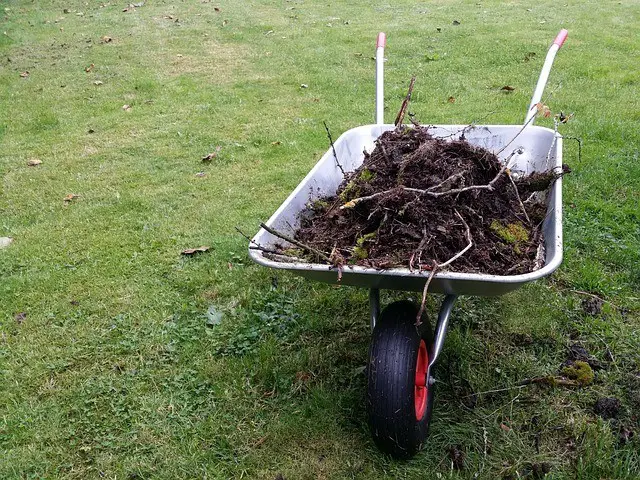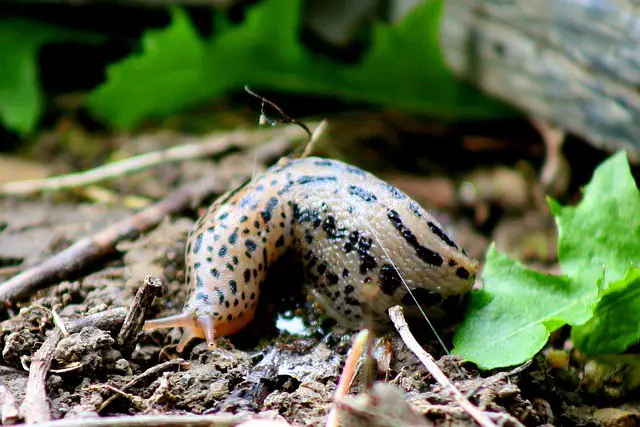Planting – Overcoming Adversity
When it comes to gardening, it is generally assumed that there are Flower Gardeners, Vegetable Gardeners and Fruit growers; this is however not always the case, as in my experience the majority of gardeners enjoy growing all of the above, if the circumstances allow.
In fact you could argue that there is a fourth ‘category’ of gardeners – those who enjoy growing edible flowers! Of course there are those that specialise in a particular planting genre, growing prize blooms or massive pumpkins perhaps – to each his (or her) own!
No matter what you grow however, there are always problems to be overcome; hence the tongue-in-cheek title of this article 🙂 So whether you enjoy growing Roses or Raspberries, Mushrooms or Prize-blooms – hopefully you will find this article on overcoming such obstacles interesting and rewarding.
Five main Enemies of the Gardener:
- Pestilence: Aphids, Caterpillars, bugs and general munching critters!
- Poor soil: Waterlogged soil or poor nutrition in the growing area.
- Weather: A poor growing season is perhaps the hardest to overcome.
- Birds: A kind of pestilence – but not the creepy-crawly type!
- Time: Unless maybe you’re retired? Making time for the garden can be a real problem.
Overcoming Garden Pests:
This is perhaps ‘Public enemy no 1’ for the average gardener, but not one that is so difficult to overcome. The biggest problem with bug infestation such as aphids (greenfly, black-fly), is that they not only sap the plants of energy, but they allow other fungal diseases to spread – which can actually have a more devastating effect than the aphids themselves.
The solution to aphids is first of all – stay alert! In other words it is far easier to get rid of them if you get a grip on the problem, before they totally infest the plant – which they can do within a matter of days. This in fact applies to all insect attacks; keep an eye on your plants and be sure that you are aware of their general health on a day to day basis.
This simply involves a brief inspection every time you water them for instance, looking out for any sign of aphids (usually a sticky substance on the plant), and any sign of leaf destruction, that may point to caterpillar or slug predation.
The ways to deal with the different infestations are far to many to deal with here, but as a general guide; catching any problem in it’s infancy guarentees you a ‘head start’ over the bugs. If leaves have eggs on the underside, remove and burn them.
If caterpillars are involved then simply ‘seek and destroy.’ If slugs are the problem, check the surrounding area and remove material that offers them sanctuary during warm days; such as under stones or garden rubbish. If you are planting in containers, be sure to check under and around the base of the containers, and remove the slugs. In all instances, spray or treat with your favourite insecticides or slug pellets – organic preferably.
In the case of slug pellets in particular – spare a thought for the hedgehog or toad that may eat the poisoned slugs…then die themselves as a consequence! Use only when you have to; and sparingly.
Growing In Poor Soil:
Poor soil can mean anything from a peat-bog, to soil that is just full of clay or chalk; or indeed just does not have the necessary nutrients for your particular crop or planting regime. In the case of boggy or waterlogged ground; the only real solution is drainage. This may not be as bad as you imagine, as there are many simple ways to drain ground for planting.
The main thing here is that you have a lower ground area nearby, where you can drain the water into; if not – then you are stuffed! Well…maybe not quite 🙂 Sometimes it is possible to dig a deep track or pit, a short distance from your growing area. Then Fill this to about a foot from the surface with a rubble and gravel mix.
This acts as a ‘rumbling drain’ and you can lead a pipe from your earlier drained garden area to this drainage system, which basically acts as a sump. Draining the garden area itself is simply a case of digging tracts in a box pattern, perhaps 18″ apart and 18″=20″ deep. Lay down perforated drainage pipe on a bed of small pea gravel, then cover with about 3-4″ of gravel, before infilling the track.
area itself is simply a case of digging tracts in a box pattern, perhaps 18″ apart and 18″=20″ deep. Lay down perforated drainage pipe on a bed of small pea gravel, then cover with about 3-4″ of gravel, before infilling the track.
A cheaper, but less effective way is simply to lay down a track of just gravel about 6″ deep and 6″ wide. The water will follow the gravel to the lowest point – your exit – and drain the garden; either to your sump or your lower area (preferably a ditch or stream).

Poor soil itself has either to be removed entirely, as in extreme cases; or rejuvenated by a mixture of good organic well-rotted composting material. This should be well dug-in and turned over, as the organic material will add nutrients and allow the soil to ‘breath’ and mature. The mixture of organic material should be at least 50-50 if your soil is particularly bad.
Why compost and not fertilizer? Well in my mind it does no harm to add a little chemical fertilizer once in a while, to give a quick boost to the plants. However you must always bear in mind that chemicals feed the plant – they do not feed the soil at all. This is important, because if you are seeking to create a good growing space that will serve you for years to come, and produce excellent results – then you must feed the soil itself; and you do this with organic material – not chemicals!
Overcoming Poor Weather:
Well the easy answer to this is…forget it – you can’t control the weather! However you can prepare for it 🙂 If you want to grow plants that need plenty of sunshine and warm weather such as Tomatoes, and you stay in cooler northern climates such as Scotland! then plan to grow in a greenhouse, or even a frame that can be quickly covered over with polythene during spells of cold weather, to retain what little sunshine or heat there is.
Heavy rain can cause serious damage to crops of all sorts, so be sure you have your drainage sorted out. Last year in the UK was particularly bad for vegetable growers, with little sunshine, and horrendous rain, followed by massive drought in some areas – leading to hose-pipe bans. In freak weather conditions such as this, the Container Gardeners have a better chance than anyone else, as they can move their crops or plants around to take best advantage of rain or sunshine.
The Bird Pest:
The most complaints about birds, probably come from the fruit growers – and understandably so. I have been caught out many times when looking forward to picking a particularly good strawberry I’ve had my eye on – only to find the Blackbird had beat me to it!
However many vegetables in particular will suffer from the predations of wood pigeons, blackbirds, crows etc, if they are not properly protected; or preparations made to scare the birds away.
By far the most effective way to protect your strawberries or rasberries for instance, is simple nylon bird netting; usually spread over a frame of some sort. Make sure that it covers 100% of the plant, and is set away from the fruit.
If there are any gaps at all, the blackbird will find them! Also be sure when setting nylon netting, that there is not any loose ‘death traps’ for the birds to get tangled in.

Scaring birds away from your veggie patch, is usually done by string and coloured paper or silver foil. I have even seen a manikin from a store, set up in the vegetable patch – more effective than any scarecrow! Whirling coloured wheels on sticks also make great scarers; but the best of all, is the firecrackers on slow burn fuses!
Not convenient in built up areas or in areas where there are kids around to pick them up – but very effective nonetheless. The problem with all these ‘scare tactics’ is simple that the birds do get used to them after a short while, and simply ignore them – especially if there is a tasty gooseberry to be pecked! Make a point of changing things around slightly every few weeks to get the maximum benefit from your scarers.
Time for Gardening:
Time is something that is in fairly short supply for most of us – and by that I mean day-to-day and not year-to-year 🙂 The solution is far from simple however, as the time you have set aside to work in the garden, is usually completely blown away by the weather, or the grand-kids, or any number of everyday events.
So the best I can say is this – set aside a routine time for gardening, a time that you usually have free; then set aside contingency plans should your first ‘date’ have to be abandoned. The main thing is this – do not neglect the garden for any longer than you absolutely have to – or you will just ‘make a rod for your own back’ and the pests will take control in short time.
Finally: Happy gardening!


